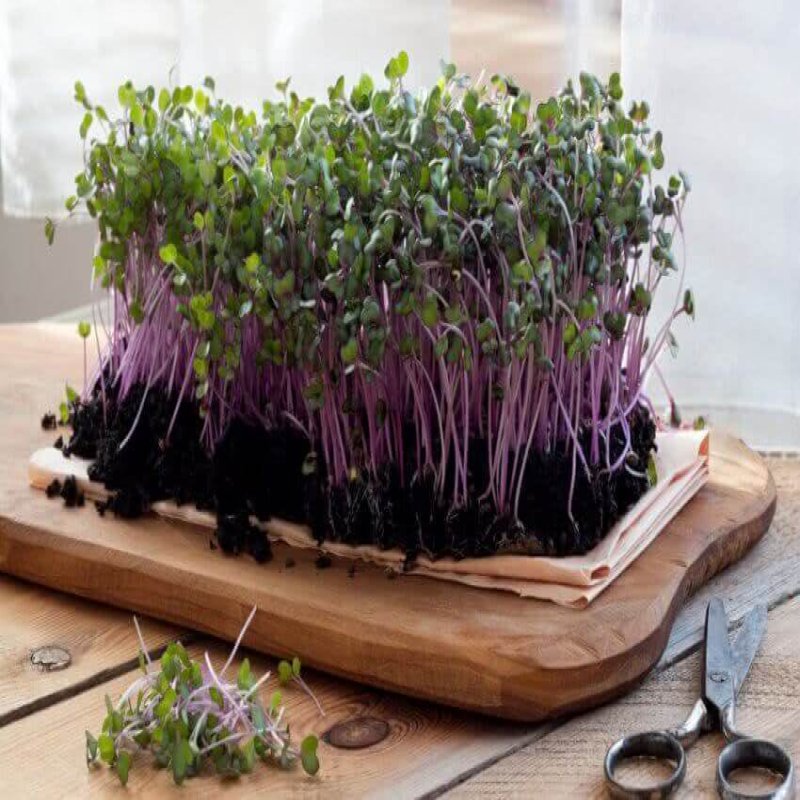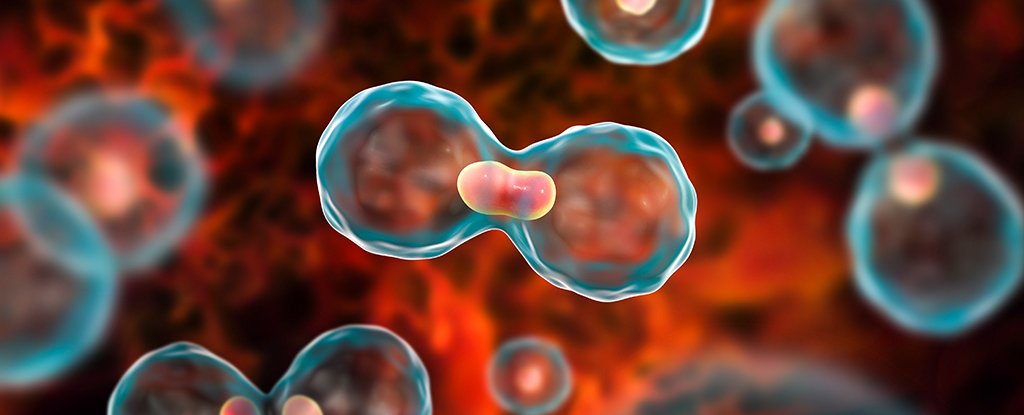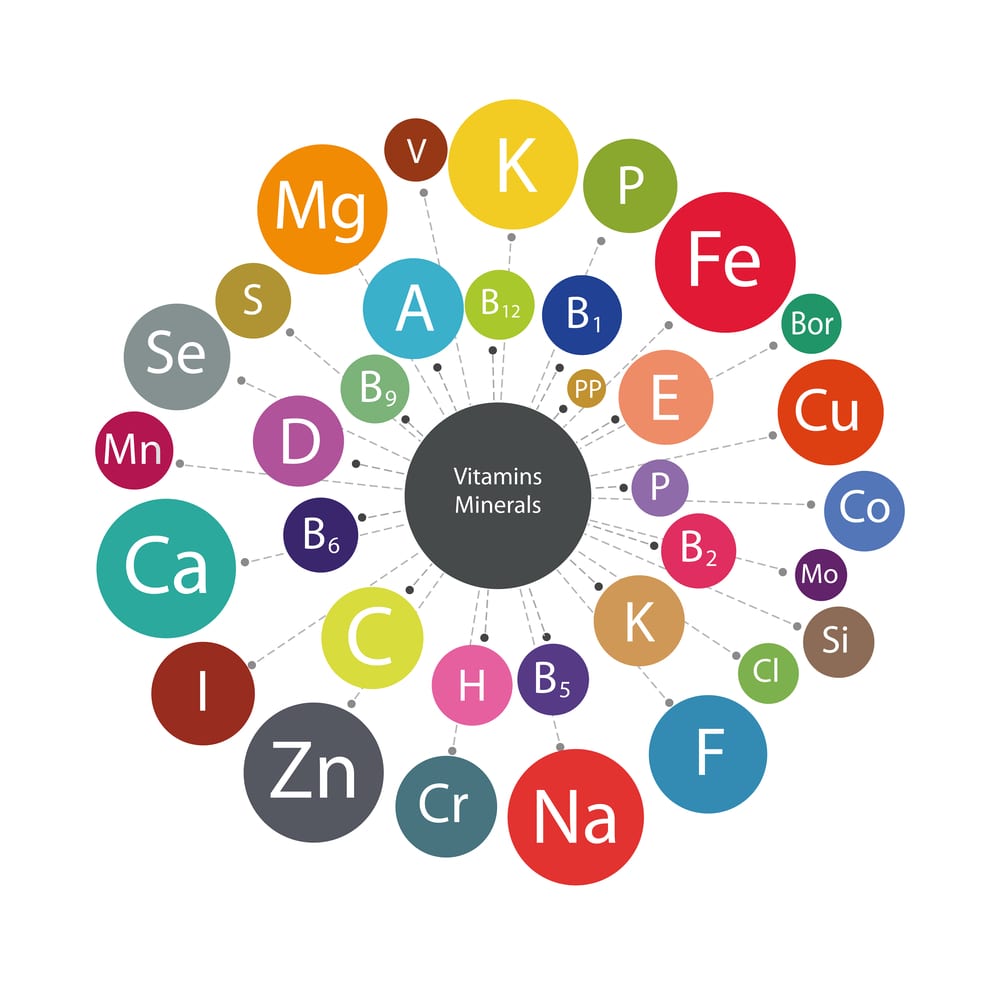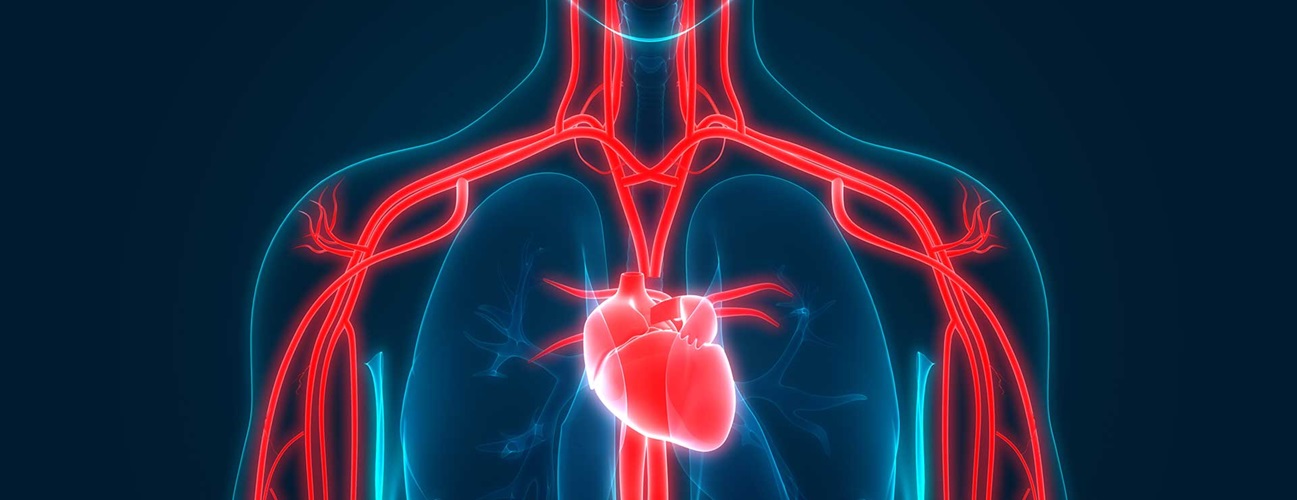
When you go to a fine dining restaurant, have you noticed tiny leaves sprinkled on your food? Those tiny leaves sprinkled on your dish not only add a different texture and taste to your food, but they are also heavily packed with nutrients. Microgreens are the leafy garnishes added to your dishes. They are an essential addition to the arsenal of any chef, as they are the perfect garnish to any dish due to their intense flavor and nutritional value.
Read on to know more about the health benefits of microgreens!
What is a Microgreen?
Microgreens are a tiny form of young vegetable greens that are harvested before maturation, just 7 to 14 days after germination. The result is a much smaller green, approximately 1-3 inches tall, with an intense aromatic flavor, an interesting texture, and a highly concentrated nutrient profile.
Microgreens started to show up in the dishes around the 1980s in San Francisco, California and since then it has caught up in the cooking world. India is gaining traction in microgreens consumption due to a rise in health awareness and an increase in disposable income.
Did You Know?
– You can produce and cultivate 3-4 yields of microgreens in place of 1 yield of mature counterparts.
– To produce microgreens as much as 100 grams, you would need a space as large as only a disposable pie plate.
– The best thing about microgreens is that they are heavily packed with nutrients.
– It is easier to consume without feeling full and is also much healthier.
The most popular types of microgreens that are grown include cauliflower, broccoli, cabbage, watercress, radish, arugula, lettuce, endive, cilantro, basil, chicory, radicchio, carrot, mint, parsley, celery, garlic, onion, leek, amaranth, beet, chives, spinach, melon, cucumber, squash, and kale microgreens.
Health Benefits of Microgreens
Let’s get to know about some of the amazing health benefits of eating microgreens.
Prevents Cancer
Polyphenols are important natural chemical compounds that are present in natural plant food sources—vegetables, fruits, spices, cereals, and beverages (like wine and tea). It has powerful antioxidant properties that prevent the buildup of harmful reactive free radicals in the body. Polyphenols may help reduce the risk of heart disease, cancer, and Alzheimer’s disease.

A study in 2013 measured the number of polyphenols in five microgreens (red cabbage, purple kohlrabi, mizuna, and red and purple mustard greens). They were not only a good source of polyphenols but also contained a wider variety than their mature counterparts.
Improves Heart Health
One of the major benefits of eating microgreens is that it keeps your heart healthy and strong. Microgreens are a rich source of polyphenols and glycosylates. These compounds help in lowering LDL levels (bad cholesterol) and triglycerides (free-floating fats). Not only do microgreens benefit your heart, but they may also prevent diabetes as they can increase the cellular sugar uptake of the body. Additionally, fenugreek microgreens enhance cellular sugar uptake by 25–44%.
Rich in Vitamins and Minerals
Microgreens are very nutrient-dense foods, as all the important vitamins and minerals are crammed into a smaller package. They are rich in various essential nutrients like zinc, potassium, iron, copper, and manganese. Thus, incorporating microgreens into your diet would be beneficial to your health.
In a study published in the Journal of Agricultural and Food Chemistry, microgreens have four to forty times more nutrients by weight than their fully-grown counterparts. For example, micro-red cabbage has six times more vitamin C, 40 times more vitamin E, and 69 times more vitamin K than its mature counterpart. Similarly, kale microgreens have 7 times more vitamin C as compared to blueberries and 8 times more folic acid in comparison to bean sprouts. It means you can have a smaller diet rich in different nutrients instead of a large diet that contains the same amount of nutrients.

Similarly, lettuce seedlings have the highest antioxidant properties and phenolic compounds of any other microgreen or their adult counterparts. Chives contain a compound called allicin, which lowers bad cholesterol and improves heart health, while beets contain vitamin K, which has blood clotting properties and prevents osteoporosis. Kale is a rich source of vitamin C, which keeps the immune system super healthy. Parsley reduces asthma and protects eyesight due to the presence of lutein and zeaxanthin.
Reduces the Risk of Chronic Diseases
The high nutrient and polyphenol content of microgreens reduces the risk of certain types of chronic diseases. Increasing your vegetable intake lowers inflammation and reduces the risk of diabetes and obesity. For example, basil is rich in polyphenols that improve gut health by reducing inflammation. Arugula microgreens contain glucosinolates, ascorbic acid (vitamin C), and phenols, which fend off toxins. Eating antioxidant-rich microgreens leads to a lower risk of Alzheimer’s.
Ways to Include Microgreens in your Food
A few ways to include microgreens in your diet are:
- If you are a fast food lover but want to eat healthy as well, you can add them to your burgers and sprinkle them on your pizza.
- You can add microgreens to meat dishes to make them more aromatic and healthy.
- Use them in your salad to enhance the flavor and nutritional value.
- Breakfast is the most important meal of the day. What could be better than adding microgreens in your breakfast for a power-packed morning?

Health Risks and Precautions
Here are a few precautions for some common health risks associated with microgreens:
- For most people, microgreens have no side effects. However, some people might develop an allergic reaction to specific vegetables and herbs.
- Some types of microgreens are rich in vitamin K, an essential vitamin involved in blood clotting. People taking any blood-thinning medication should maintain a consistent intake of vitamin K to avoid interference with the medications.
- Food poisoning may also happen due to the presence of bacteria and other pathogens. So, it is important to wash them properly before consuming them.




.png)


